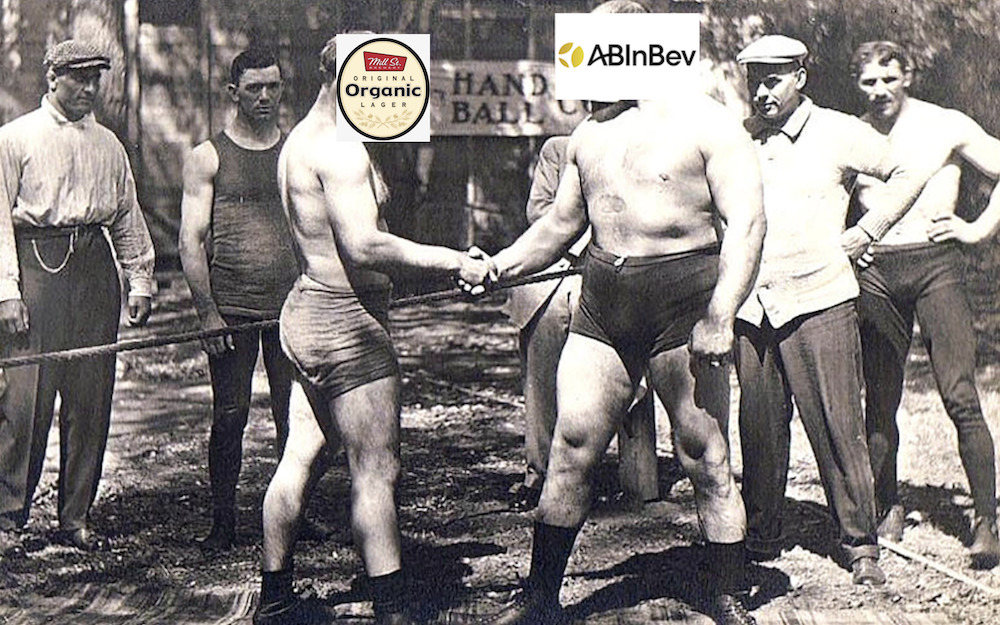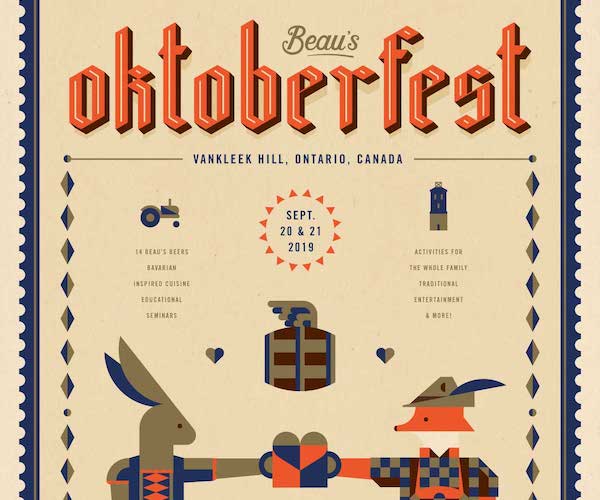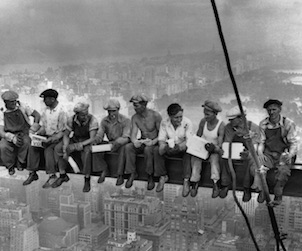It’s Dry February, which follows on from Dry January. There didn’t used to be two dry months in a row, but there are now. In addition to these problems we have a global pandemic which has decimated logistics, increasing the input costs of beer including barley, hops, water, aluminum, labour, shipping, cardboard, and other essentials. When you take into account that the lease rates on commercial real estate have increased, you have a perfect storm for Craft Beer.
This comes at a bad time because Craft Beer was already facing its most serious problem: Narrative structure.
Sometimes when you’ve got a new product, people will buy into it in a significant way because there’s an element of conflict with the status quo. Tesla and Cryptocurrencies are great examples of this. They’re new and disruptive and allow consumers who engage with them a sense of conflated identity. “I own a Tesla,” you can imagine the proud owner saying, “and I’m helping to save the planet.” The owners of Cryptocurrencies are less likely to focus on that environmental altruism and would be more likely to say something like “Yeah! We’re going to overthrow the banks!”
Craft Beer was an early and effective adopter.
The desire in an audience for conflict is completely natural. Most of the films and television programs you’ve ever seen have an arc towards the resolution of that conflict. We’re wired to root for the hero and boo the villain. Whether it’s a puppet show, an HBO drama, or Wrestlemania, you’re going to figure out in about the first minute who you’re supposed to be cheering for.
Imagine what it takes to build a villain in professional wrestling, an art form that grew out of American carnivals. First of all, you need someone imposing. You need a big tough guy who looks mean. You need that big tough guy to do despicable things; to thrash a series of opponents within an inch of their lives. This is so established that there’s terminology for it.
The Heel (bad guy) is going to Squash (handily defeat in a short non-competitive match) a series of Jabronies (competitors whose job it is to lose). It takes months to build this up from scratch. You need the bad guy to develop an air of invincibility, or, depending on your preferred flavour, he could frequently cheat to win. The important thing is that the audience wants to see him taken down a peg and will pay for the privilege.
Eventually, you need a Babyface (good guy) to come along and begin to challenge this villain. Maybe he’s a local hero and an audience favourite. He’s their guy and they want to see him triumphant. Maybe it’s different. Maybe the good guy is avenging someone the villain has badly injured. Maybe he himself was injured and the question of redemption is involved. Maybe the villain insulted his mama. It doesn’t need to be sophisticated, just effective.
The story could take months. If you draw it out, you can sell more tickets, which is the entire point. Eventually the audience is going to get to a fever pitch and there’s a big match where the Babyface finally triumphs and maybe even wins a championship. The audience goes bananas.
The story is really only as good as its villain and that means that the story has an end point. This means you have to ask what happens after the Babyface wins. Well, for one thing, ticket sales are going to decline sharply. It took months to build that villain and you might not have another one waiting in the wings. If you don’t have one waiting in the wings, there’s another technical term: Killing the Territory.
Craft Beer had a great villain in the form of global brewing consortiums. If you were paying attention a decade ago, you might have seen a video that circulated online in which the owners of various American craft breweries stared down the lens of the camera and announced themselves with the phrase “I am a Craft Brewer.”
Without a villain, the question you’d have to ask yourself is, “so what? Ok, you have a small business and you’re proud of it.” But, with global brewing consortiums to point at, there’s a real sense of conflict. The genius of this is that you’re not even really rooting for an individual hero. You’re rooting against the big brewers who are “snake oil salesmen.” In practice, 2,800 of about 2,900 brewing companies in America pointed at their largest competitors and pronounced them evil. This is not something that really happens in any other industry.
It is worth pointing out that many of the people appearing in the video with the swelling music behind them have since sold their breweries to those same global brewing consortiums. With the benefit of distance, this is Pro Wrestling at its finest. They’re cutting a promo about the match they’re lining up this Sunday at the Civic Sportatorium. After the match, they’re going to go back to the locker room and shake hands.
The problem is that the audience loves being told there’s an underdog so much that they thought it was awesome. Instead of being content to root for the breweries that already existed and buy their product, they thought they should start their own. Craft Beer went from 3,000 breweries in America in 2010 to something like 10,000 currently. Every small town has a brewery. In Southern Ontario, where I live, there’s probably not a 25 kilometre radius in the entire province without one. [this is true – Ed.]
This is where we are right now. At some point just before the pandemic, Craft Beer finally killed the territory. Craft Breweries outnumber the large breweries in this province 410 to 3. They’ll probably produce 10,000 different beers this year. By any sane definition, Craft Beer won, and that’s a really significant problem for the sector. The consumer is sated. They cheered at the three count and went home happy.
Imagine you’re an idealistic young person who got into brewing a decade ago thinking that you were part of a movement that was taking on hegemonic global corporations and that you were making a difference. Because of the media you’ve consumed your entire life, you naturally assume that the small company you’re working for is virtuous and will surely triumph over these vicious malefactors if you just believe hard enough. You’re one of the good guys.
And then you realize that there’s no upward mobility within the company because it’s so small. It’s undercapitalized so you have to make do with old equipment and less said about their hiring policies the better. Rent eats half your paycheque, you don’t have dental, your back and knees hurt perpetually, and being able to take home low fills isn’t really a cool perk once your friends have steady jobs, houses, and children. Without a villain, this is unsupportable. You’re just a brewer. There’s no blow like the one to morale.
Without a villain, all of these small businesses have to exist in competition with each other solely upon their own merits. The audience for the product might root for a brewery because of its intrinsic qualities, but that requires each individual player to sell their own narrative in the absence of a larger overarching story, and not all of them are equipped with the resources to do that.
The ones that are face a different kind of narrative structure. There’s conflict, but it’s not advertised on an arena marquee. It’s on a more human scale. Sometimes it’s an internal conflict. In order to survive they’ll have to find a way to draw people to their taprooms and festivals and bottle shops.
It’d make a pretty good indie film or Netflix series, but it ain’t Wrestlemania.







